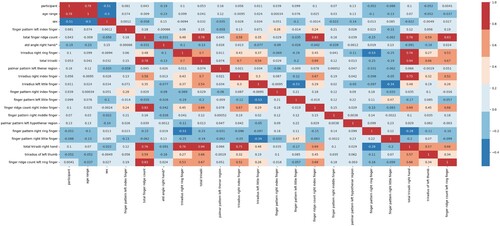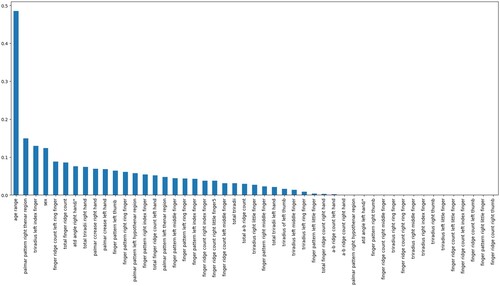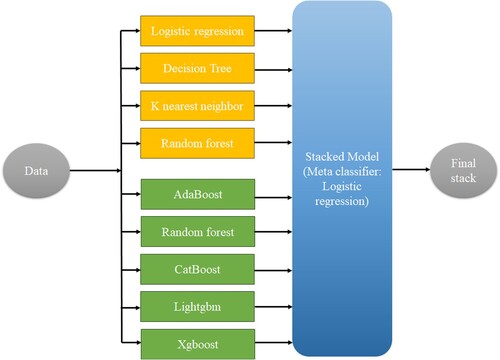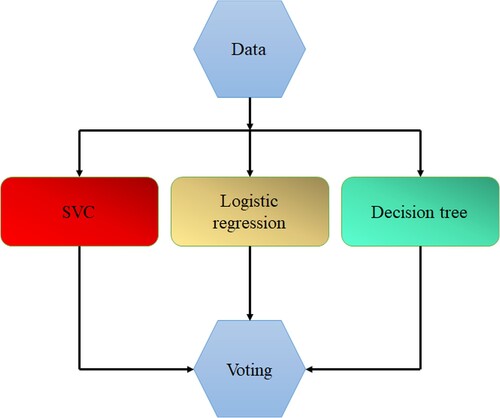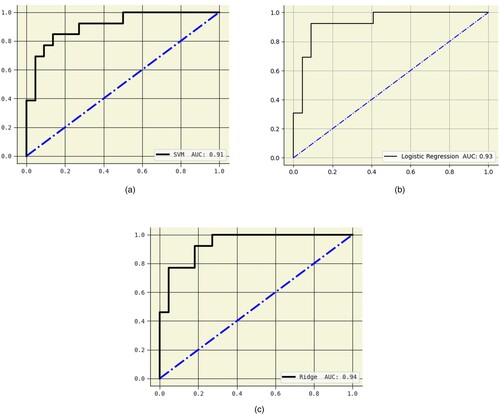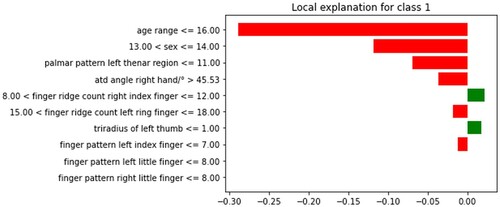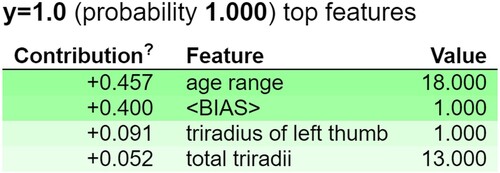Figures & data
Table 1. Description of the features.
Table 2. Methods and the features.
Table 3. All the classifiers with its accuracy, precision, recall and F1 score.
Figure 7. Precision-recall (PR) (a) Logistic regression, (b) SVM – Linear kernel, (c) Ridge classifier
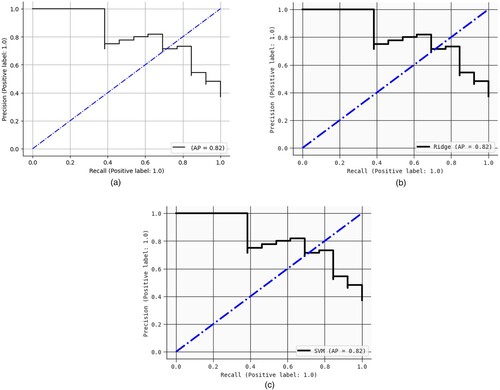
Figure 8. Confusion matrix of (a) Logistic regression, (b) SVM – linear kernel, (c) Ridge Classifier
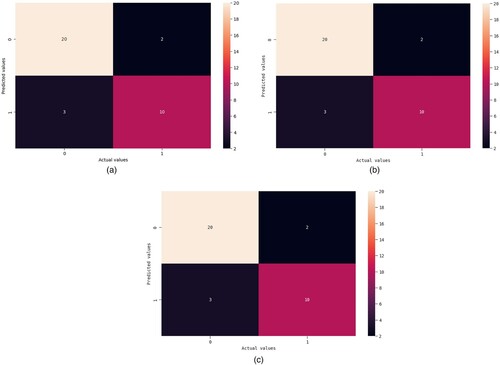
Figure 9. Beeswarm plot for SHAP (a) Beeswarm plot of 20 features (b) SHAP explainers for the 20 features
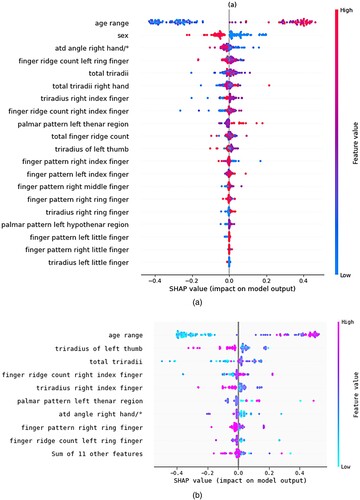
Table 4. Five patients with schizophrenia and five patients without schizophrenia had anchor explanations.
Table 5. Comparison between our proposed model and the existing models.
Data availability statement
Data will be made available after obtaining prior permission from the corresponding author.

